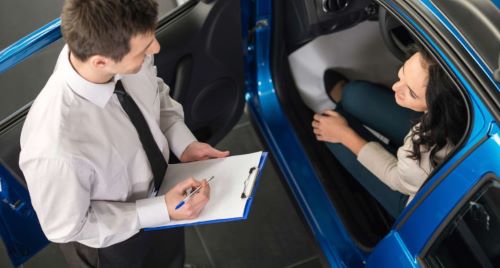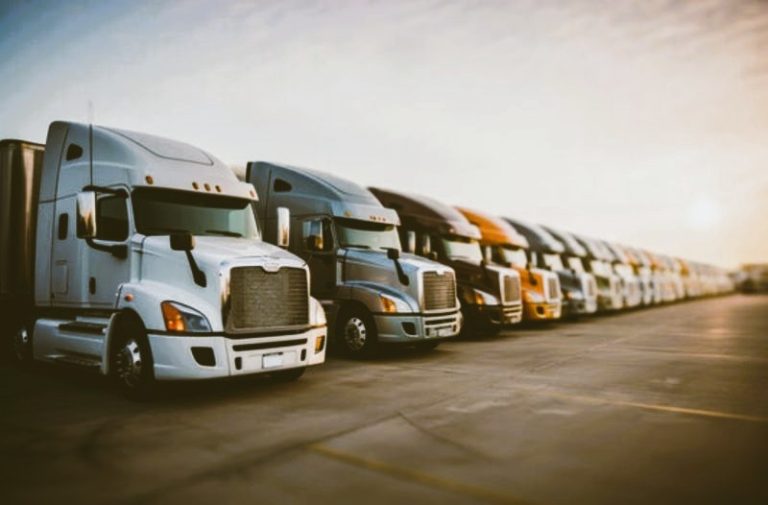

It is already established that leasing a car is much better than purchasing one outright.
It is even better for small businesses because it does not tie up a lot of money at any period and allows for growth and expansion.
But how do you go about it? Read on to find out how you go about the entire car lease process for small businesses.
A step-by-step breakdown of how you can lease a car for your small business
1. Do your research
The first thing you need to do is research the type of vehicle your business needs. Your choice of vehicle will be different if you are looking to prop up the outlook of your business with a new vehicle or if you are only looking to improve your mobility.
You should know that the class of vehicle you choose will directly influence how long you can lease it and how much you will need to pay monthly.
Only after being crystal clear about your vehicular needs can you move on to scout out the best place to find affordable car leases online.
2. Check your options
You know the vehicle you need; the next thing is to find a lessor with that model. More likely than not, you will be met with several options, with the onus on you to find the one that best fits your plans.
Before you discuss lease agreements, you should check online reviews of the company by other people that have used their service. You want to check if the cars they are leasing are in good shape and whether they offer some flexibility in their services.
If everything checks out, it is time to discuss the lease agreement.
3. Discuss the lease agreement
This is where you discuss the terms of the lease. Here, you (the lessee) and the leasing company (the lessor) determine how long you will have the car, how much you will pay monthly throughout the lease, and how much mileage you will be allowed.
4. Drive the car away
Once the i’s have been dotted and the t’s crossed on the lease agreement, you can take possession of the vehicle. You can drive it away if it is available immediately or enjoy delivery to a location of your choice at a later time.
5. Use the car as determined in the agreement
It is very easy to forget the car is leased; this is why it is crucial to remind you to use the vehicle as stated in the agreement.
While the lessor takes some responsibilities like paying the road tax and minor vehicular upkeep, you will be taxed with the repair if the vehicle takes on severe damages without insurance.
6. Return the car unless specified otherwise
Usually, the last thing to close the lease is to return the vehicle. However, in some cases, the lessee reserves the right to purchase the vehicle at the end of the lease.
It is important to note that even if you are leasing a new vehicle, you still need to return the old one.
The process of returning the vehicle is straightforward. You need to remove your personal items from the car and ensure there is no damage to the vehicle beyond what would be expected from normal wear and tear from use.
Once this is done, you can drive the car to the collection point or wait for an inspector to come to your residence to check the car’s state and drive it away.
Prerequisites to leasing a car
The following are some things you need to have before you are eligible to lease a car for your small business.
1. Proper credit score
The first thing anyone would do before they lease a car to you is to run a proper credit check. They would request access to look into your finances for at least the last three months.
This lets the lessor know how easy it would be for you to make payments and what type of car fits your records.
2. A guarantor or co-signor
If you have a low credit score, you can come with a guarantor with a higher credit score who agrees to stand in for you if you default on any of the payments. The person mustn’t be financially dependent on you.
Summary
Leasing a car for your small business has never been easier. All you need to do is find lease options online, compare the costs, drive the car home, keep it in good condition and return it as per your lease agreement.


